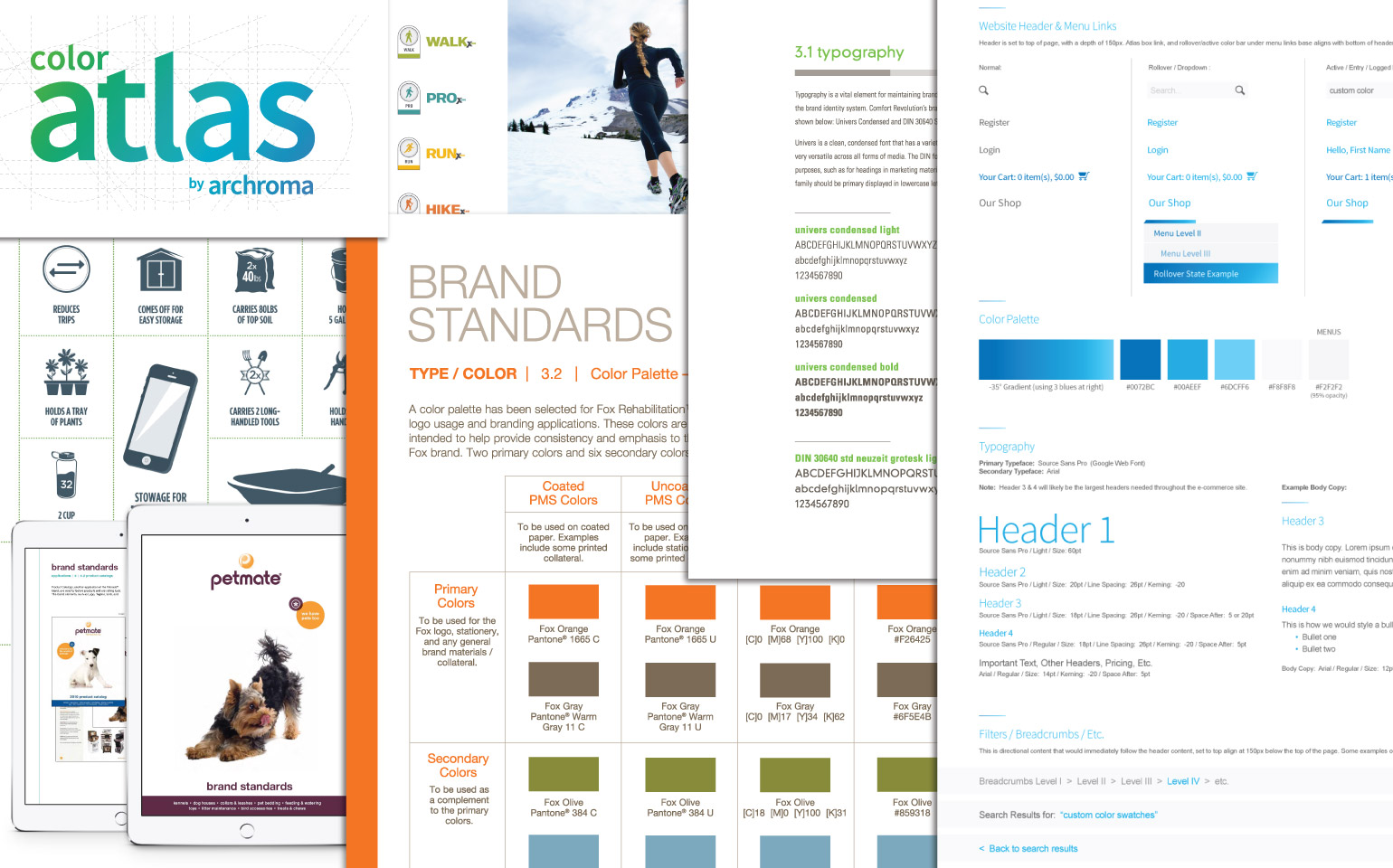We at BOLTGROUP value a well-drafted set of brand standards as if it was a first-edition novel. When done correctly, it’s a beautiful representation of your brand, but more importantly, it is a road map to customer loyalty. Brand standards are the guide to consistency in everything from your brand’s voice and personality to its visual identity. Successful companies stay on track by making sure everyone knows the brand standards and uses them faithfully.
But what happens when your standards begin to seem less effective? Perhaps feeling a bit out of date or invalid? I don’t mean that your company isn’t following them, more that your brand and its environment is evolving, and your standards need a reevaluation.
The Digital Experience
Our world continues to evolve into a digital- or mobile-first brand experience. Your brand standards should reflect this. Think about this touchpoint and take a look at how your brand communicates. Could it be doing more? It’s not that your standards weren’t meticulously crafted, but maybe they are still focused on a time when print or television was the initial contact point.
Today’s consumers use mobile as their primary tool for web and social media. If your employees and vendors are using standards that heavily address the brand in print, then it’s likely your message and creative execution will seem forced. Look at how your standards address color and layout, or fonts and typography. Is your grid flexible? Does it scale appropriately? Adding a few tweaks could help your designers produce more engaging creative at the digital level. Which can make a big difference in the overall brand experience.
The Value of Interactive
As brands are pressured to develop new and engaging content for consumers, interactive elements become more critical. Does your brand address visual styling for interactive content? With a consistent look and feel to infographics, visual callouts, digital overlays, and web or mobile menus, you can keep customers engaged across multiple platforms. You will gain even more brand recognition and begin to see a better overall user experience develop, which will be invaluable as you move into future evolutions.
What About Content?
The last element many standards overlook is content. Ironic, because the original style guides came about to address editorial styling—such as tone and voice. Important as content creation is to keeping a brand relevant online and in social media, you’d be amazed to learn how often it’s left out of brand standards. Make sure your employees are consistent in how they introduce the brand, address their customers, and in their overall message across digital platforms. What is said. How it’s said. And how much is said. This allows the true personality of your brand to reign supreme.
Remember, all brand standards should be tailored to empower the brand. That means keeping current with the world. Develop an ongoing awareness to the evolving climate to keep your brand standards valid so that they resonate with your most important audiences.
